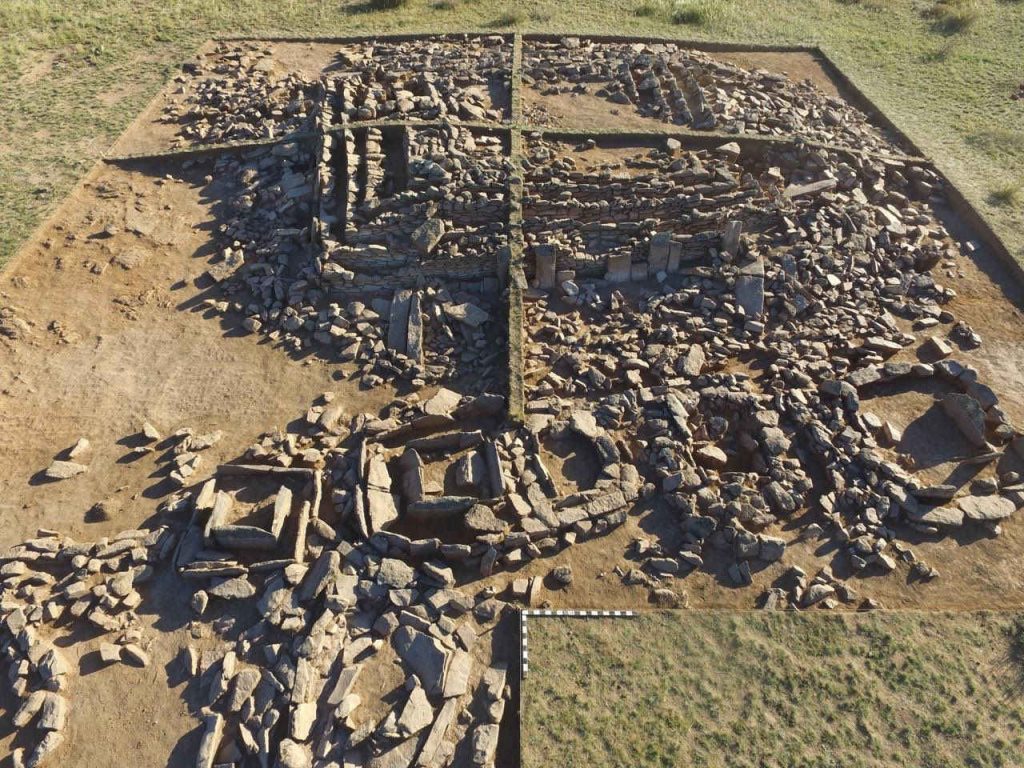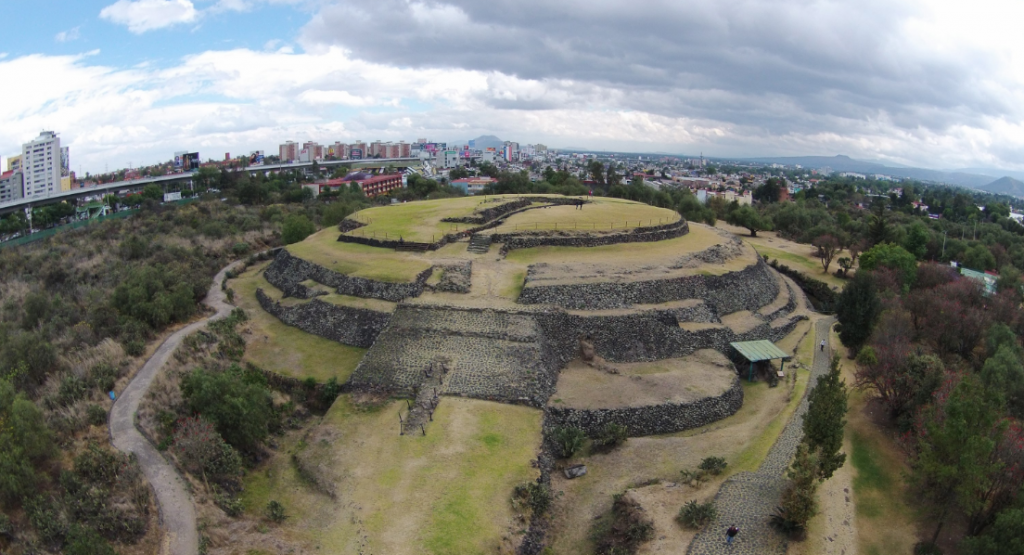“We need a lot of additional analysis and hard work for interpretation.”
– Viktor Novozhenov, archaeologist with the Sayarka Archaeological Institute at Karaganda State University in Kazakhstan

PHOTO: livescience.com
KARAGANDA, KAZAKHSTAN – In recent days, the internet has been in an uproar over a 3,000-year-old mausoleum that resembles a pyramid found in Kazakhstan. Several popular media sites have claimed it to be the world’s first pyramid…but is it?
The pyramid has been named the “Begazinskaya”, or Begazin Pyramid. It’s been called a “sensational find” by the team of archaeologists. Jutting up just 6.6 feet into the sky and sprawling 49 feet long and 46 meters wide, the mausoleum was built by laying down six layers of stone and earth to form a flat-topped pyramid. The builders fortified the structure by propping it up with huge stone slabs. It’s a find that is vaguely reminiscent of the famous Step Pyramid of Djoser in Egypt, and it’s fascinating the world.
The pyramid is located in the Shet district of the region of Karaganda, in the heart of Kazakhstan, on the right bank of the River Talda. It’s made of 27 different constructions, and the largest of the buildings has five levels of stone steps. It’s the first structure of its kind to be found in Kazakhstan.
The exact age of the structure is unknown and hard to date, but archaeologist Viktor Novozhenov and his team with the Saryarka Archaeological Institute date it to the late Bronze Age, about 3,000 years ago.
Is it the oldest pyramid in the world, though, as some news sites have reported?
No, no it’s not.
Older Pyramids
That pyramid-like structure in Kazakhstan dates back about 3,000 years, putting the date for the initial construction of the “pyramid” in the first millennium BC. It’s fairly young, as pyramid-like structures go.
A structure in Mesoamerica, called Cuicuilco, dates back to the first millennium BC as well – around 800 or 900 BC.

Pyramid at Cuilcuilco. [PHOTO: mxcity.mx]
![Step Pyramid of Djoser [PHOTO: ancient.eu]](https://historythings.com/wp-content/uploads/2016/08/display-4548-300x225.jpg)
Step Pyramid of Djoser [PHOTO: ancient.eu]
So, it remains to be asked: is this newly-found structure in Kazakhstan important at all if it’s not the oldest pyramid in the world? Thankfully, the answer to that question is a resounding yes!
While the mausoleum’s burial chamber was robbed sometime after its construction, graves near the structure were opened, and archaeologists found several beautifully preserved examples of ceramics, a knife, and several bronze objects. Novozhenov explained that the tomb was probably built for an important clan leader.
Before now, very little has been known about the ancient civilizations that lived in the area of Kazakhstan. The Soviet Union nicknamed it the ‘middle of nowhere’, and often sent political prisoners into exile into this area before the USSR was dissolved.
However, this site is definitive proof that there was once a living, breathing, thriving, powerful civilization that lived here.
We still don’t know very much about the people who built the mausoleum, but the excavation will continue, led by Igor Kukushkin, who is also affiliated with the Sayarka Archaeological Institute at Karaganda State University in Kazakhstan. Perhaps further digging will reveal more about the mausoleum’s shrouded past and the mysterious civilization who built it.

